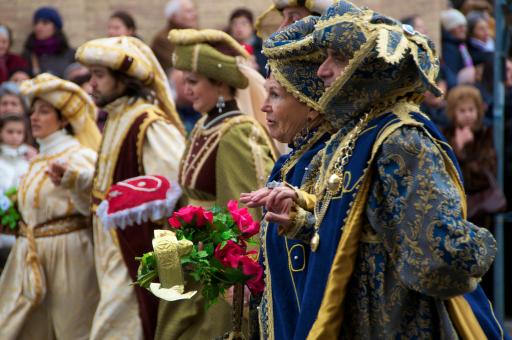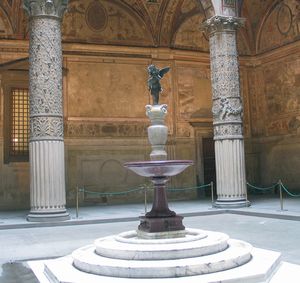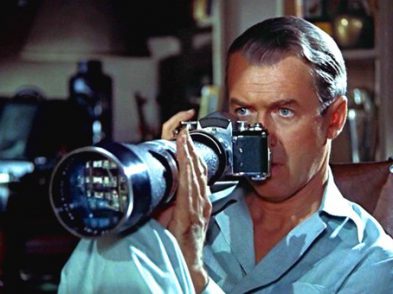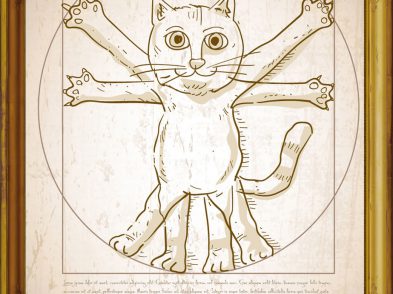Although the figure of Babbo Natale (Father Christmas), with his red suit and big white beard, is becoming more widespread here, traditionally the children of Italy anxiously await a visit from another figure, La Befana, hanging up their stockings on January 6, the Feast of Epiphany, rather than Christmas Eve.
A friendly, witch-like character who rides around on a broom, La Befana is often smiling and carries a sack or basket filled with candy and gifts. She is one of Italy’s oldest and most celebrated legendary figures, and, like many Italian traditions, La Befana represents a mixture of ancient folklore and Christianity. The name “Befana” is derived from the word Epifania, the Italian name for the religious festival of the Epiphany.

There are two legends associated with La Befana. The first tells that the three wise men stopped at La Befana’s house to ask directions on their way to Bethlehem. They invited her to join them, but she refused as she was busy cleaning her house. She promised that she would catch them up when she was finished, but by the time she had finished the cleaning they were long gone. She frantically began running after them with presents for baby Jesus, still carrying her broom. Magically, she began to fly on her broomstick but still could not find the wise men or the baby Jesus. Since then, on January 6, the Feast of Epiphany, she flies on her broom leaving gifts for other children. She brings presents for the good and pieces of coal for the bad.
The second legend dates back to the reign of King Herod. King Herod decreed that the first born male child and each male child born in the year of Christ’s birth be killed. It was his desire to eliminate the child who was thought to become the new king. Soldiers rampaged villages throughout the country killing the male children. One mother was unable to cry or accept the loss of her son due to the sorrow she felt. She convinced herself that her child was not dead, but lost instead. She bundled all her child’s belongings into a tablecloth and, carrying it over her shoulder, she set out to find him. After searching from house to house for a long time, this young mother finally came upon a child. Convinced that she had found her lost son, she placed the cloth sack containing all her son’s belongings at the base of the manger where the child lay. The child’s father looked at the face of this stranger bearing gifts and wondered about this woman’s past. By then, her face had many lines and her hair had turned completely grey.
The child was Jesus Christ, and, in gratitude to her generosity, he blessed the old woman. One night a year for all eternity, the woman would have all the children of the world as her very own, visiting each one and bringing them clothing and toys. For Italian children, La Befana is even more anticipated than Father Christmas, and on the morning of January 6, children all over Italy wake to find their stockings filled with candy for having been good—or a piece of coal if they have been bad. Traditionally, they may always expect to find a lump of coal in their stockings (the “coal” is actually rock candy made black with caramel colouring), as every child has been bad at least once during the past year.






